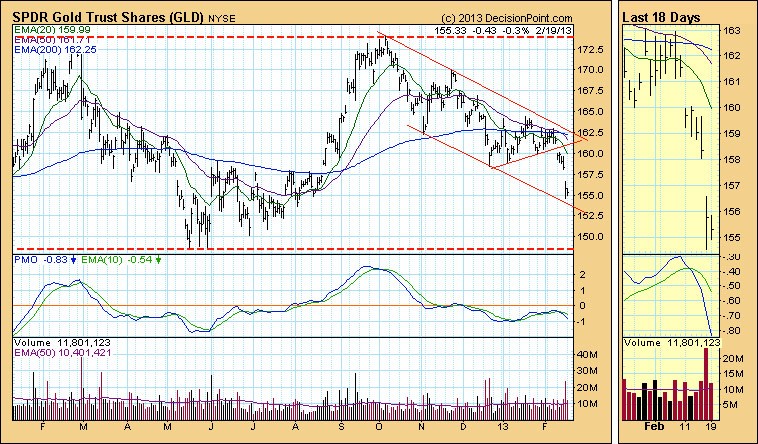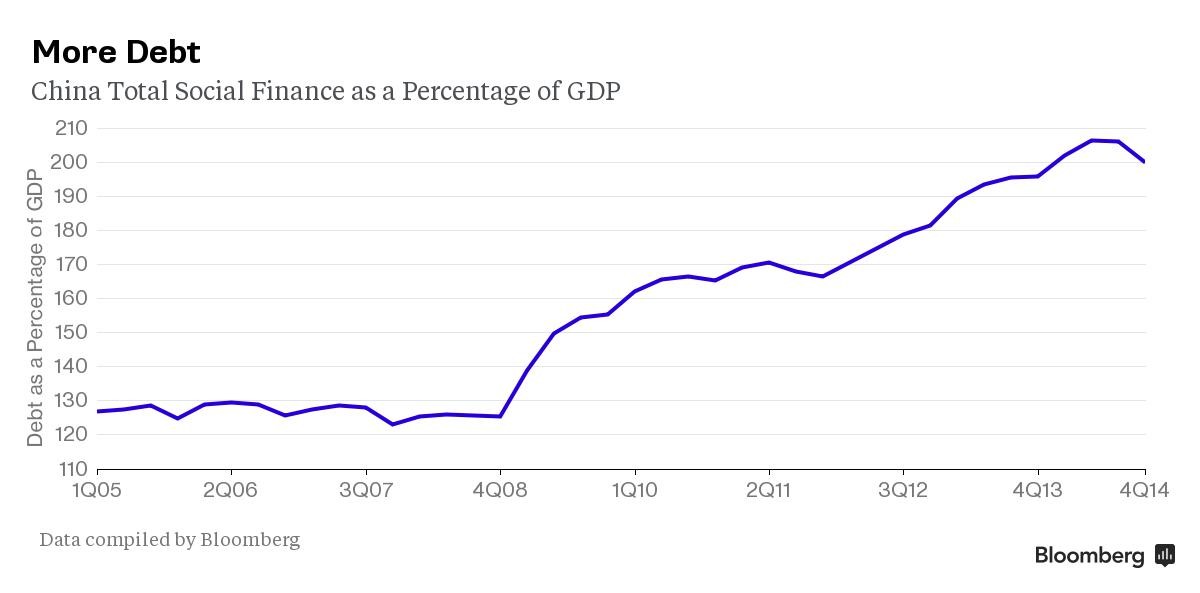Muni Bond ETFs Defy Debt Woes
Post on: 30 Март, 2015 No Comment

With half a year to go, state and local governments have so far defied a prominent prediction of defaults on hundreds of billions of dollars of debt this year.
Famous for calling the 2008 financial collapse, financial analyst Meredith Whitney warned on 60 Minutes in December that 50- 100 state and local governments would default on their loans this year.
But so far the opposite of financial rapture has occurred. Defaults fell 60% in the first half of the year, according to the Distressed Debt Securities Newsletter.
The 24 defaults so far this year totaled $746 million vs. $2.29 billion in the first six months of 2010 and $4.89 billion in the same period in 2009. These defaults amount to less than 1% of Whitney’s forecasts and a nano particle in the $3 trillion muni market.
Municipal bond funds have been one of the steadiest and best-performing fixed-income assets this year. IShares’ S&P National Municipal Bond ETF (ARCA:MUB ) the most popular of its kind has risen 6% in share price this year while producing income at yield of 3.6% tax free.
By contrast, bonds on average as tracked by Vanguard Total Bond Market (ARCA:BND ) rose 2% while yielding a taxable 3.3%. MUB also outpaced the S&P 500’s 5% year to date gain and without the nausea.

Municipal defaults are very rare because local governments can raise taxes and cut spending to balance their budgets. They can also dip into any rainy day funds or refinance their debt, which is easy when interest rates are low, as they are now. Even Orange County, Calif. infamous in 1994 for the largest municipal bankruptcy in history managed to get out of its mess in 18 months and pay back all bondholders in full.
So-called dirt bonds, issued by housing developers to build new neighborhoods, have accounted for half of all past municipal defaults, said Robert Kane, CEO and founder of BondView.com. They fell prey to the housing market collapse. These are really private activities and probably shouldn’t have qualified for muni status, he said.
Muni bond issuance fell off a cliff this year. About $115 billion of new muni bonds were issued through the first six months of this year, according to DWS Investments. That’s less than half the amount issued in the same period last year.
If this pace continues, only about $230 billion in munis would be issued this year less than half of 2010’s $433 billion and the smallest amount since 2000’s $201 billion.














